Thermal springs emerge in the most surprising places, transforming ordinary landscapes into natural spa destinations where Earth’s geothermal energy creates oases of warmth and relaxation. These hidden gems often appear where you’d least expect them, from urban environments to remote deserts, proving that nature’s therapeutic waters can surface almost anywhere when geological conditions align.
Here is a list of 20 thermal springs in unexpected locations, each offering a unique soaking experience far from the typical geothermal destinations.
Széchenyi Thermal Baths
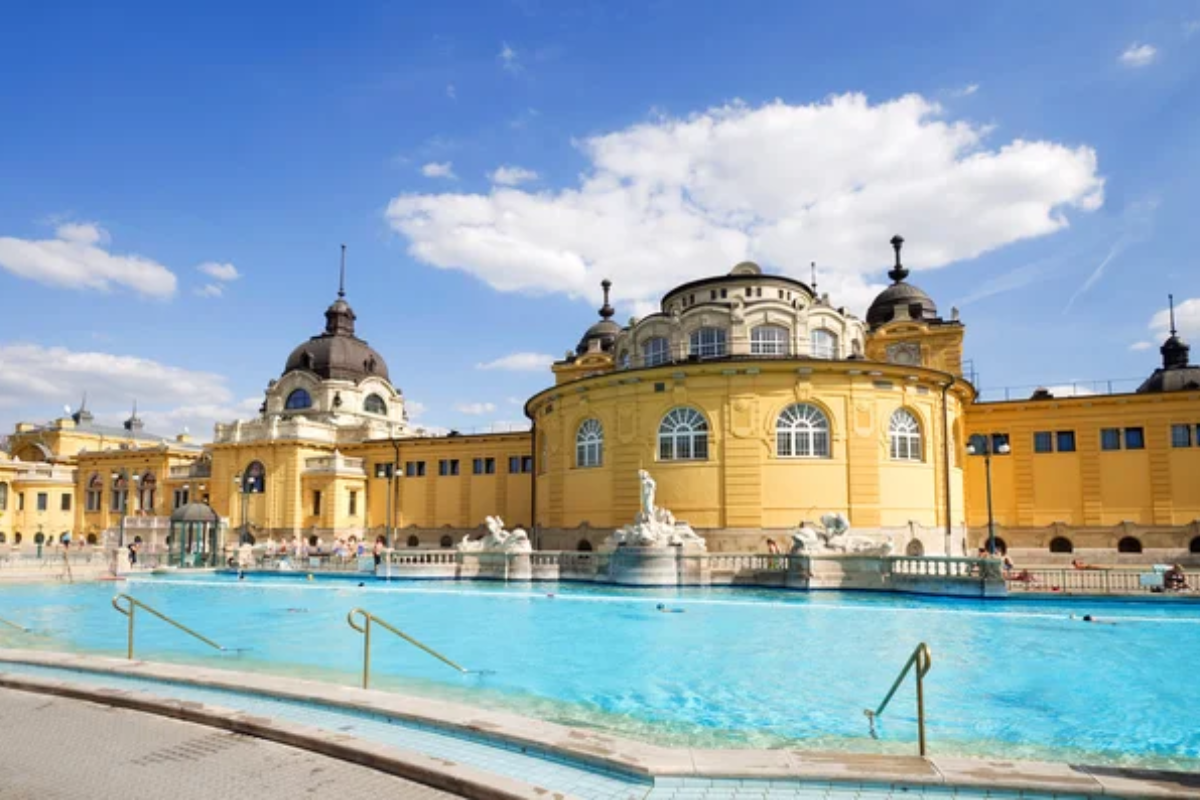
Budapest’s grand thermal complex sits in the heart of a major European capital, where 21 pools of varying temperatures create an urban spa paradise fed by natural hot springs. The Neo-Baroque building houses both indoor and outdoor pools, with locals playing chess while soaking in 100-degree waters even during snowy winters.
These springs have bubbled up from deep underground for thousands of years, creating one of the world’s largest medicinal bath complexes in an entirely unexpected metropolitan setting.
Bagni San Filippo
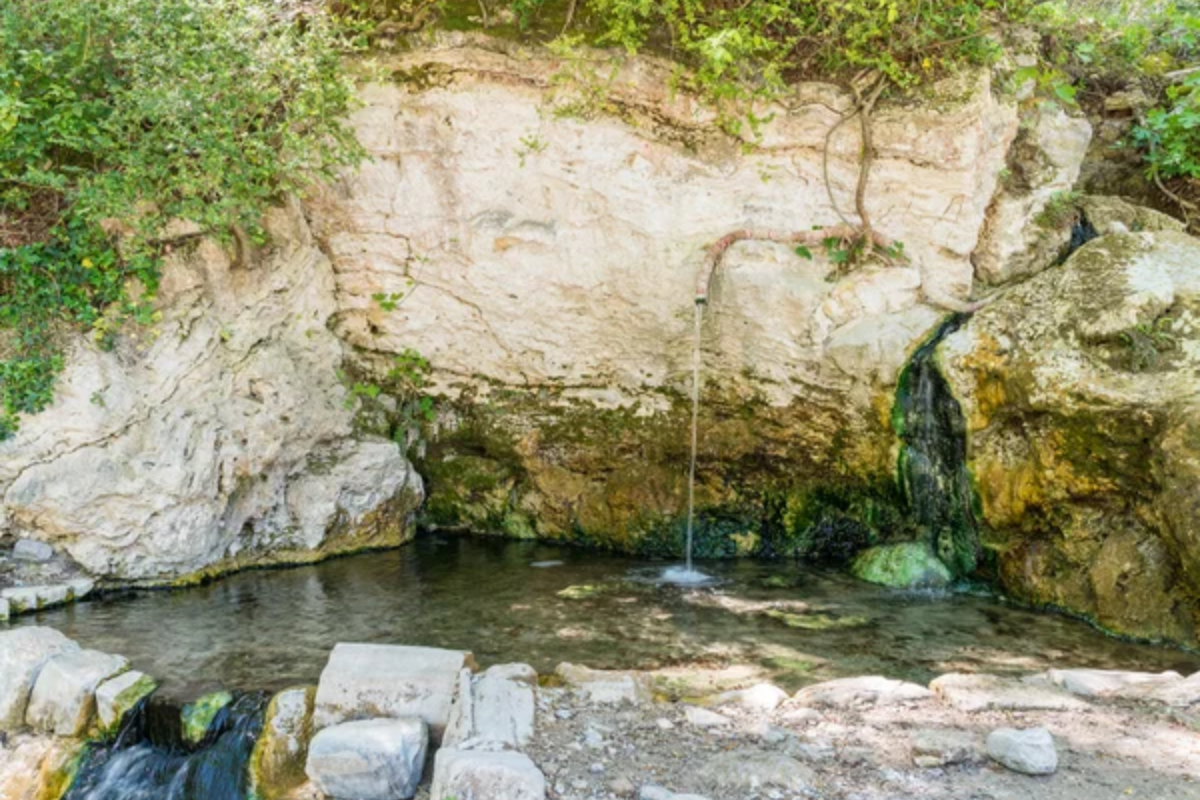
Tuscany’s white limestone terraces cascade down a hillside like frozen waterfalls, creating dramatic thermal pools in the middle of Italy’s wine country. The mineral-rich waters have carved elaborate formations over centuries, accumulating calcium carbonate deposits that form natural bathing pools at varying temperatures.
Visitors can soak in these fairy-tale formations while surrounded by olive groves and vineyards, making it one of Europe’s most photogenic and unexpected thermal destinations.
Like Travel Pug’s content? Follow us on MSN.
Glenwood Hot Springs

Colorado’s massive thermal pool complex operates year-round in the Rocky Mountains, where visitors can swim laps in naturally heated waters while snow falls around them. The springs maintain temperatures between 90 and 104 degrees Fahrenheit, fed by underground thermal aquifers that have attracted visitors since the 1880s.
The contrast of soaking in hot mineral waters while surrounded by snow-capped peaks creates a surreal experience that seems impossible until you’re actually floating in the steamy pools.
Chena Hot Springs
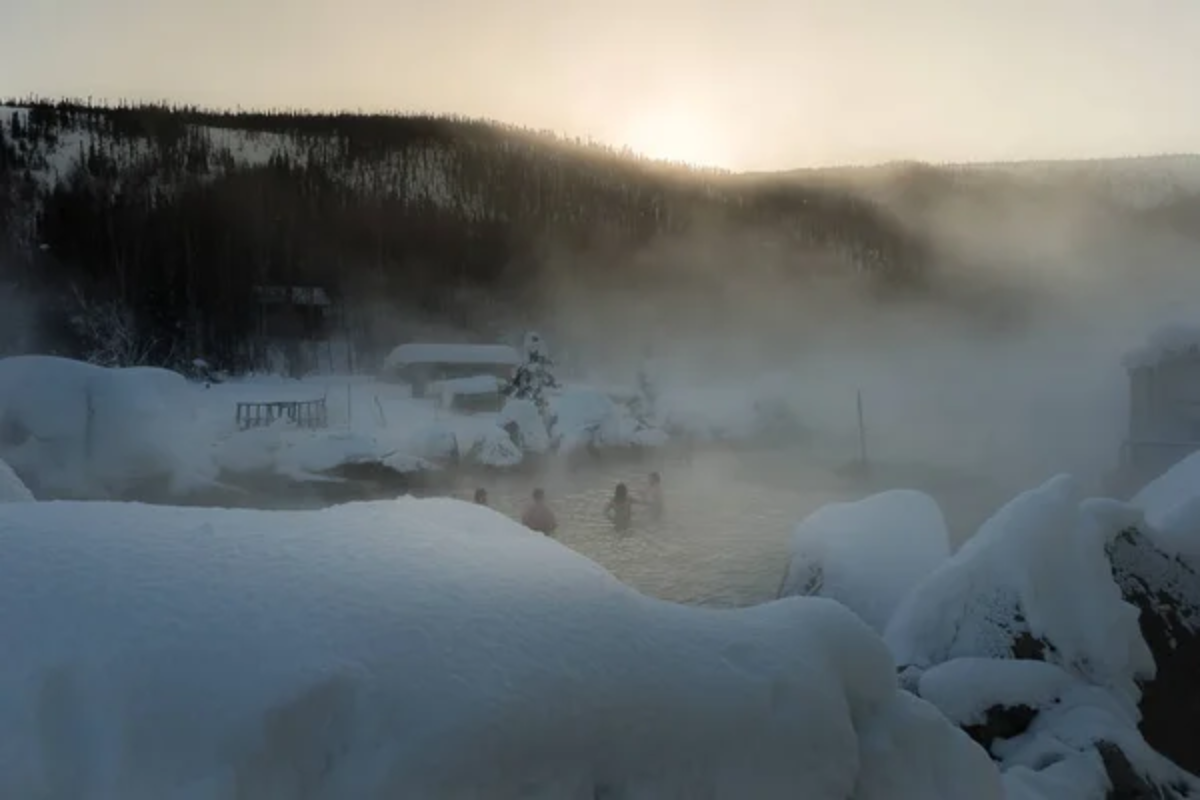
Alaska’s remote thermal resort operates 60 miles northeast of Fairbanks, where visitors can soak in outdoor pools while watching the Northern Lights dance overhead. The springs maintain 165-degree temperatures at their source, requiring cooling systems to make the pools comfortable for bathing while the surrounding wilderness is frozen for most of the year.
This unlikely combination of hot springs and Arctic conditions creates one of the world’s most magical soaking experiences.
Banjar Hot Springs
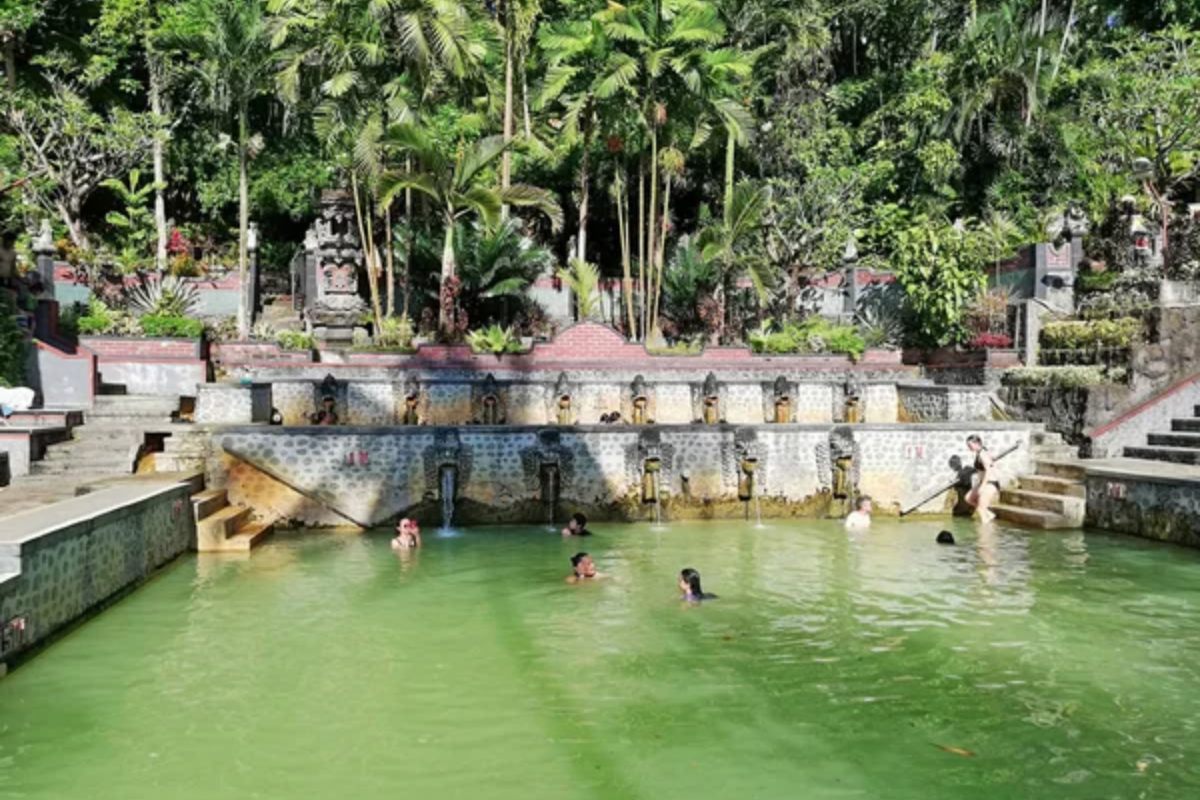
Bali’s thermal springs emerge from the tropical jungle in the island’s northern mountains, where three-tiered pools cascade through lush vegetation far from the beaches most visitors expect. The springs flow at a constant 100 degrees Fahrenheit, creating a natural spa experience surrounded by rice terraces and volcanic landscapes.
Local Balinese consider these waters sacred, adding spiritual significance to the unexpected discovery of hot springs on a tropical island.
Like Travel Pug’s content? Follow us on MSN.
Desert Hot Springs
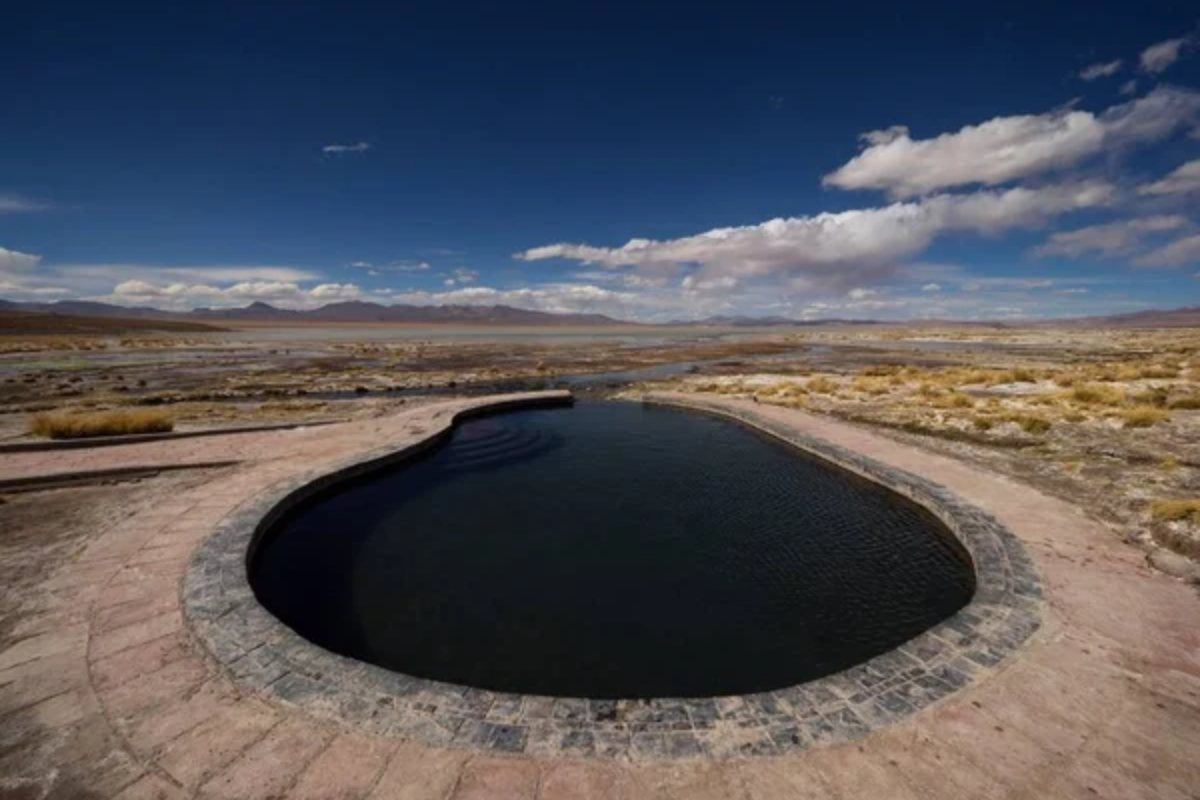
California’s Coachella Valley town sits atop a massive geothermal field, where dozens of natural hot springs bubble up from the desert floor in one of America’s most arid regions. The contrast between 120-degree summer air temperatures and soothing thermal pools creates a unique desert oasis experience that attracts visitors year-round.
These springs formed along the San Andreas Fault, where geological activity heats groundwater that emerges as natural spas in the middle of the Sonoran Desert.
Thermopolis Hot Springs
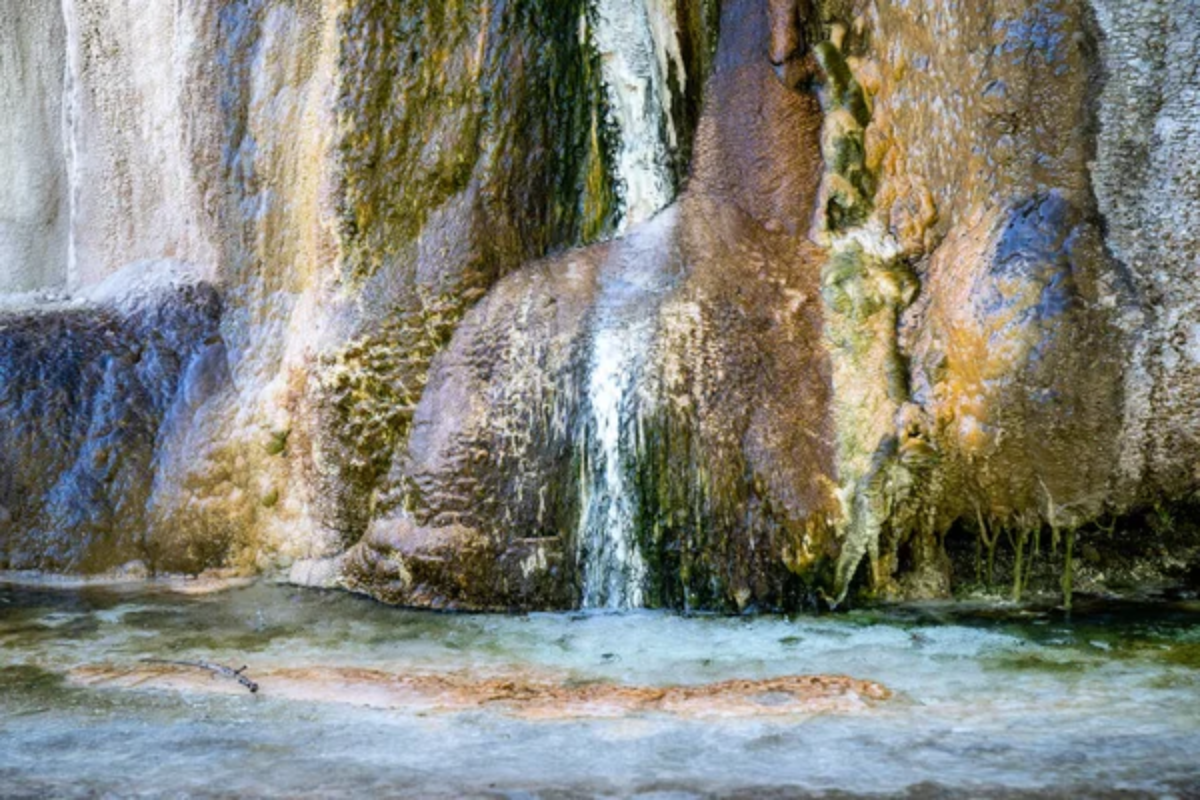
Wyoming’s small town hosts the world’s largest mineral hot spring, where over 3.6 million gallons of 135-degree water flow daily from underground sources in the American West’s high plains. The springs create a massive soaking complex in an unexpected location far from major geothermal regions, with the mineral-rich waters forming colorful terraces along the Bighorn River.
Native American tribes considered these springs sacred long before European settlers discovered their therapeutic properties.
Blue Lagoon
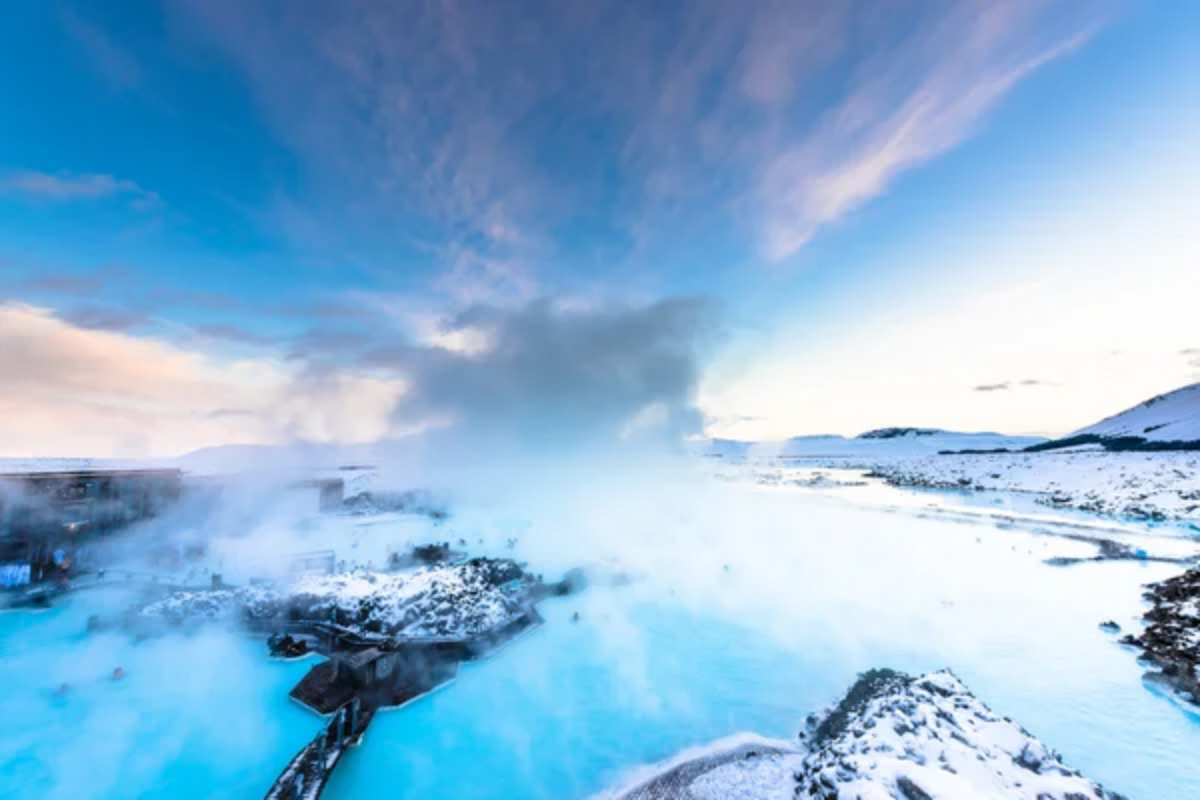
Iceland’s most famous geothermal spa actually started as an accidental byproduct of a geothermal power plant, where superheated water from underground creates an otherworldly blue lagoon in a black lava field. The milky blue water gets its color from silica and algae, maintaining temperatures around 100 degrees Fahrenheit year-round while surrounded by an alien-looking volcanic landscape.
This man-made natural wonder showcases how industrial activity can inadvertently create one of the world’s most breathtaking thermal experiences.
Like Travel Pug’s content? Follow us on MSN.
Pamukkale Thermal Pools
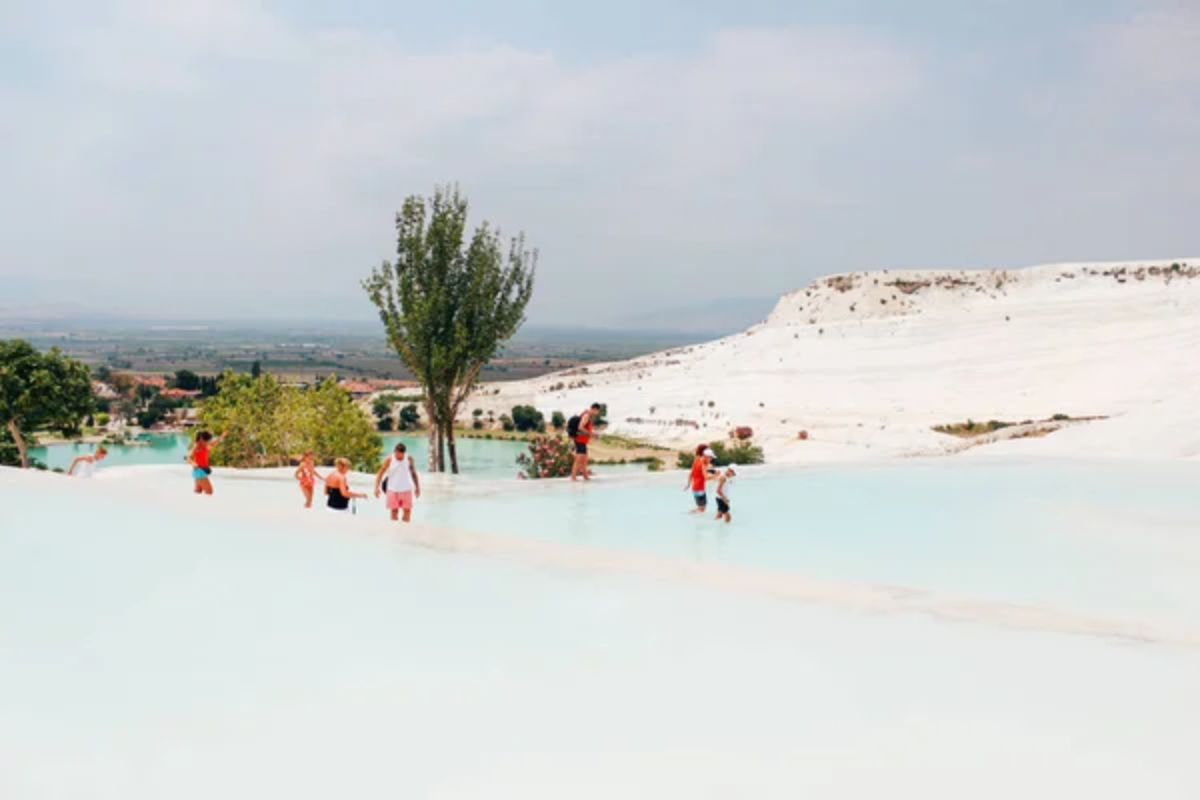
Turkey’s cotton castle is characterized by brilliant white limestone terraces that cascade down a hillside, resembling frozen waterfalls, created by mineral-rich thermal waters that have flowed over thousands of years. The springs maintain constant temperatures while building up calcium carbonate deposits that form natural infinity pools at different levels.
These springs have attracted visitors since Roman times, when the ancient city of Hierapolis was built around the thermal source, creating an unexpected combination of natural wonder and archaeological site.
Hot Water Beach
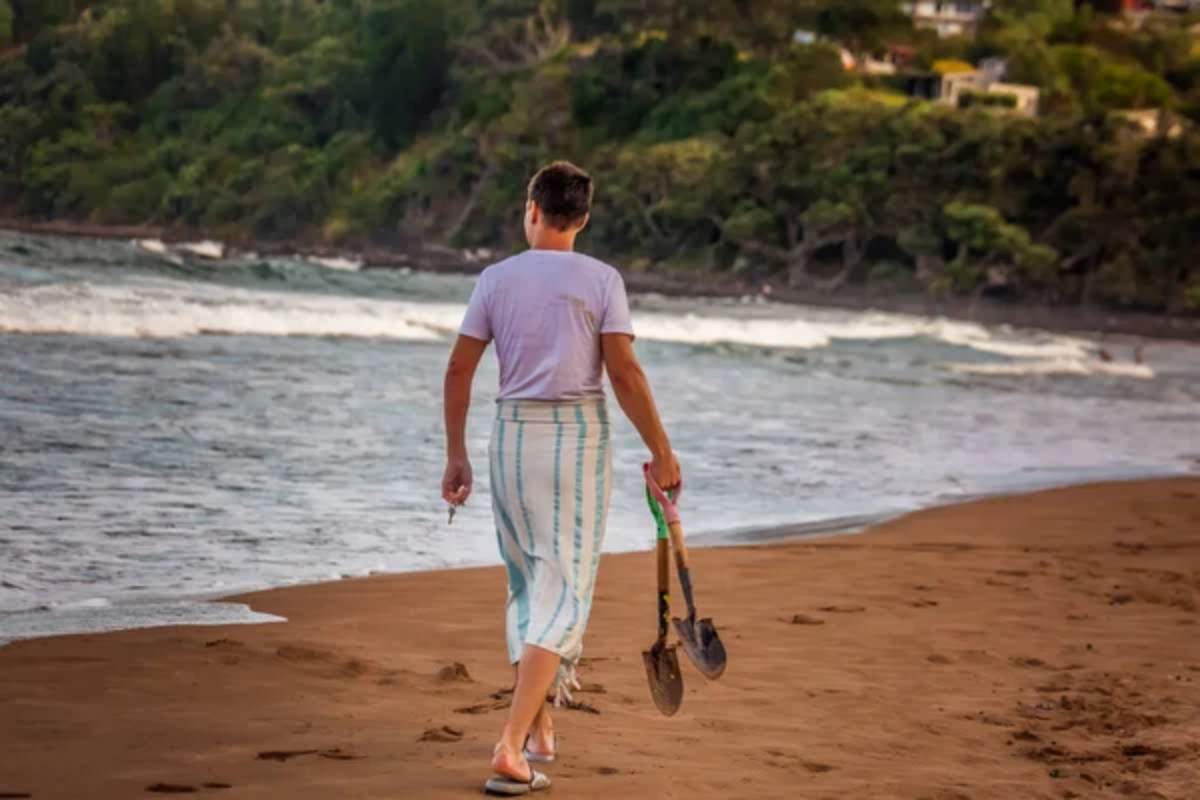
New Zealand’s Coromandel Peninsula features a unique beach where thermal springs bubble up through the sand at low tide, allowing visitors to dig their hot pools directly on the shoreline. The springs emerge only during specific tidal conditions, creating temporary thermal spas that disappear when the ocean returns.
This unusual phenomenon combines beach activities with thermal soaking in a way found nowhere else on Earth.
Valley of Geysers
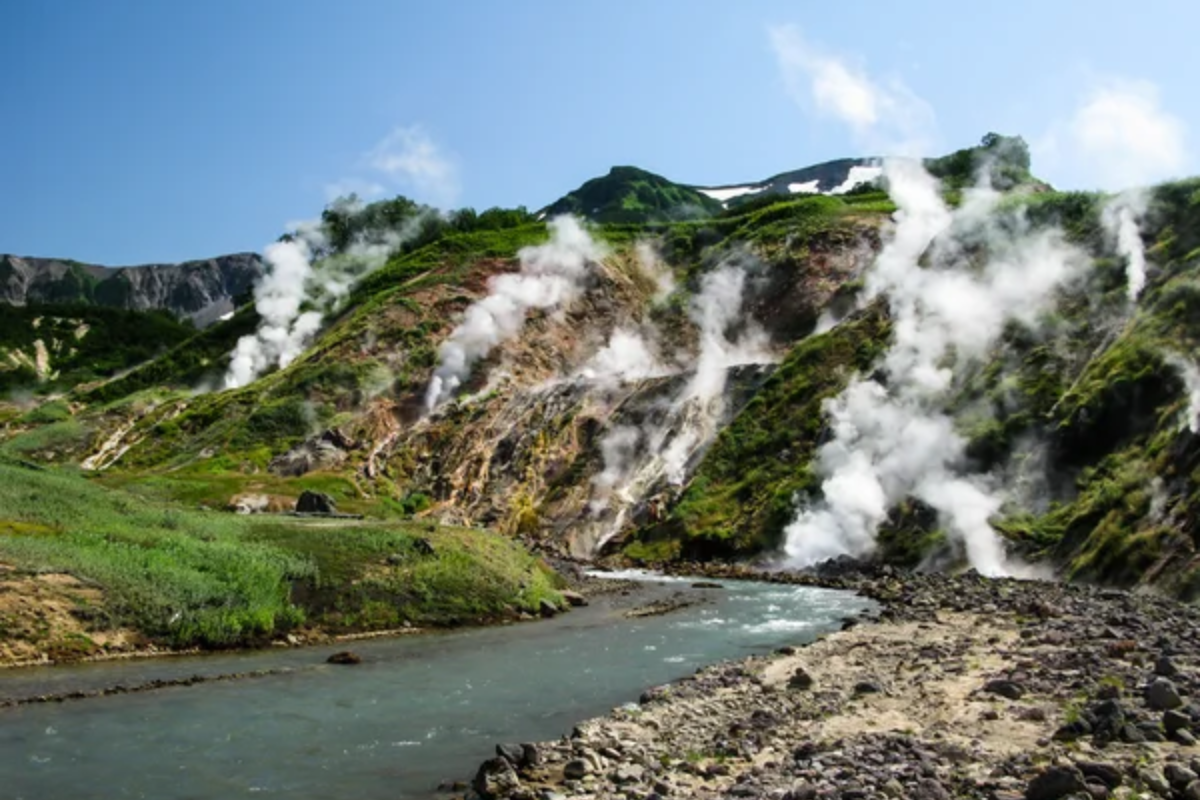
Russia’s Kamchatka Peninsula hosts one of the world’s largest geyser fields in a remote wilderness accessible only by helicopter, where dozens of hot springs and geysers create a thermal wonderland. The valley combines geysers, hot springs, mud pots, and fumaroles in a landscape that resembles Yellowstone National Park, but remains virtually unknown to most travelers.
The extreme remoteness and harsh climate make this one of the planet’s most inaccessible thermal destinations.
Like Travel Pug’s content? Follow us on MSN.
Termas de Papallacta
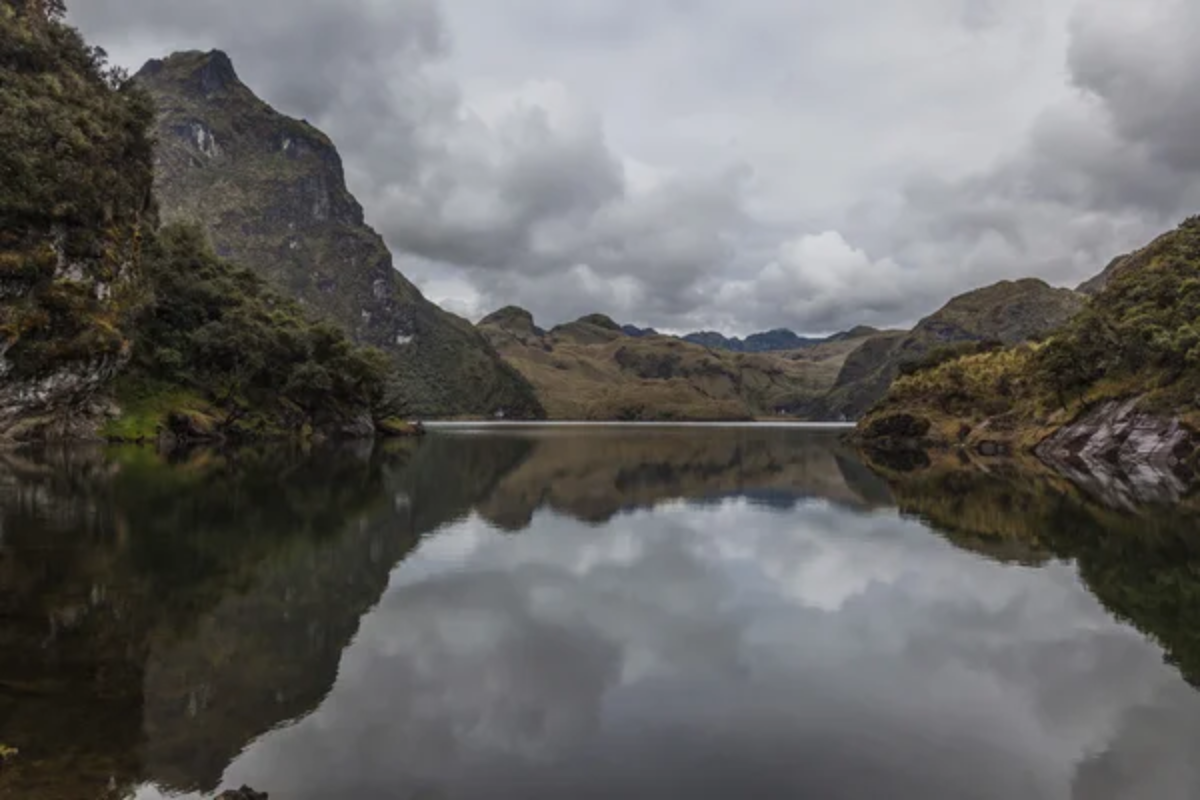
Ecuador’s high-altitude thermal complex is situated at 10,800 feet above sea level in the Andes Mountains, where natural hot springs offer relief from the thin mountain air and cool temperatures. The springs emerge from volcanic activity beneath the páramo ecosystem, creating an unexpected oasis of warmth in the harsh mountain environment.
Visitors can soak in naturally heated pools while surrounded by snow-capped peaks and unique high-altitude vegetation found nowhere else.
Saturnia Hot Springs
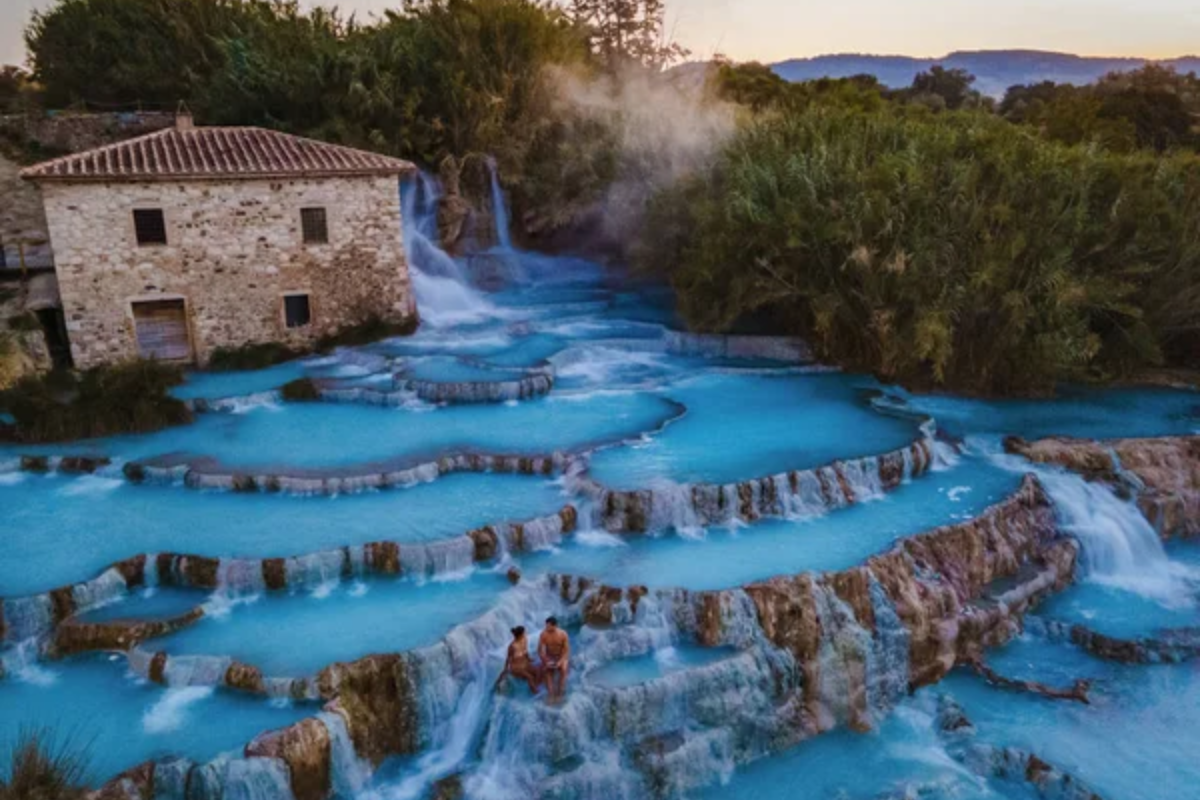
Italy’s free natural thermal pools flow through the Tuscan countryside, where mineral-rich waters cascade over limestone formations, creating terraced pools accessible to anyone willing to hike to them. The springs maintain a constant temperature of around 99 degrees Fahrenheit as they flow through an ancient landscape dotted with medieval towns and olive groves.
These springs have flowed continuously for over 3,000 years, mentioned in Roman literature as a gift from the gods.
Tabacon Hot Springs
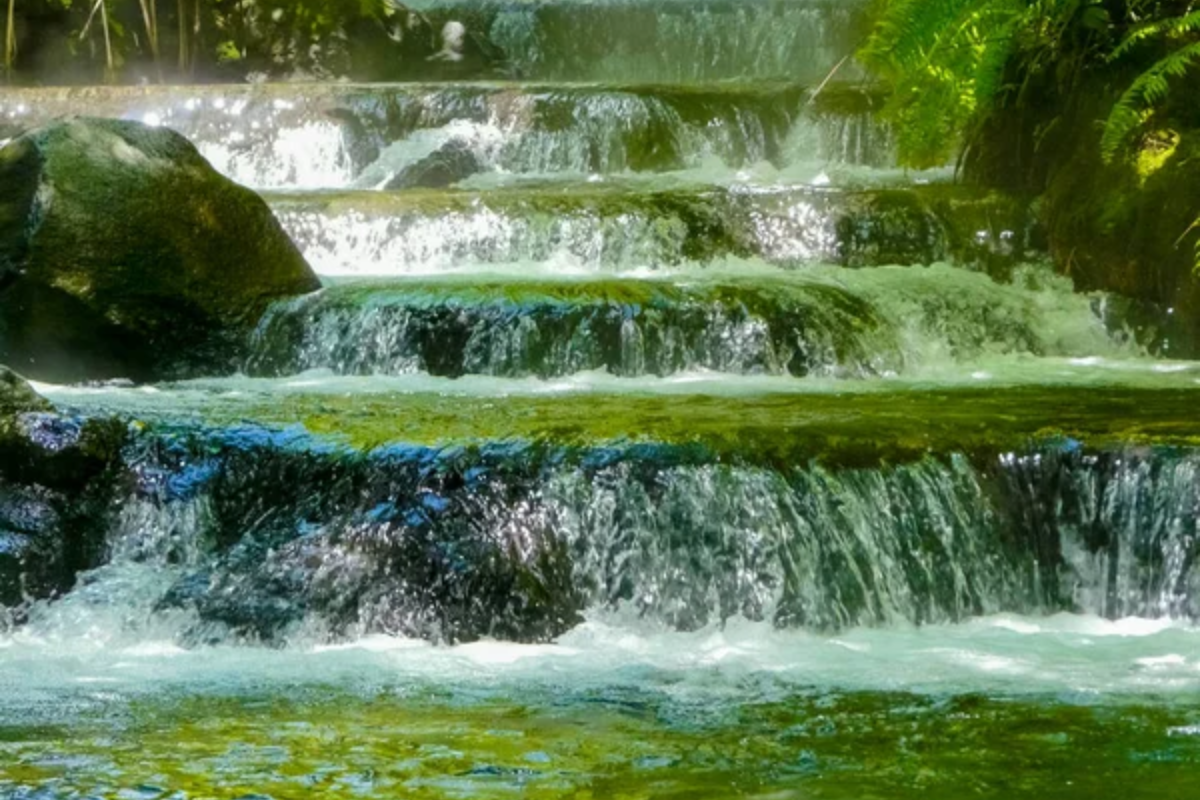
Costa Rica’s luxury thermal resort is situated at the base of Arenal Volcano, where natural hot springs flow through a tropical rainforest setting that seems incongruous for thermal activity. The springs emerge from underground volcanic heating, creating warm rivers that wind through lush jungle vegetation filled with exotic wildlife.
Visitors can soak in naturally heated pools while monkeys swing overhead and tropical birds call from the canopy.
Like Travel Pug’s content? Follow us on MSN.
Kusatsu Onsen
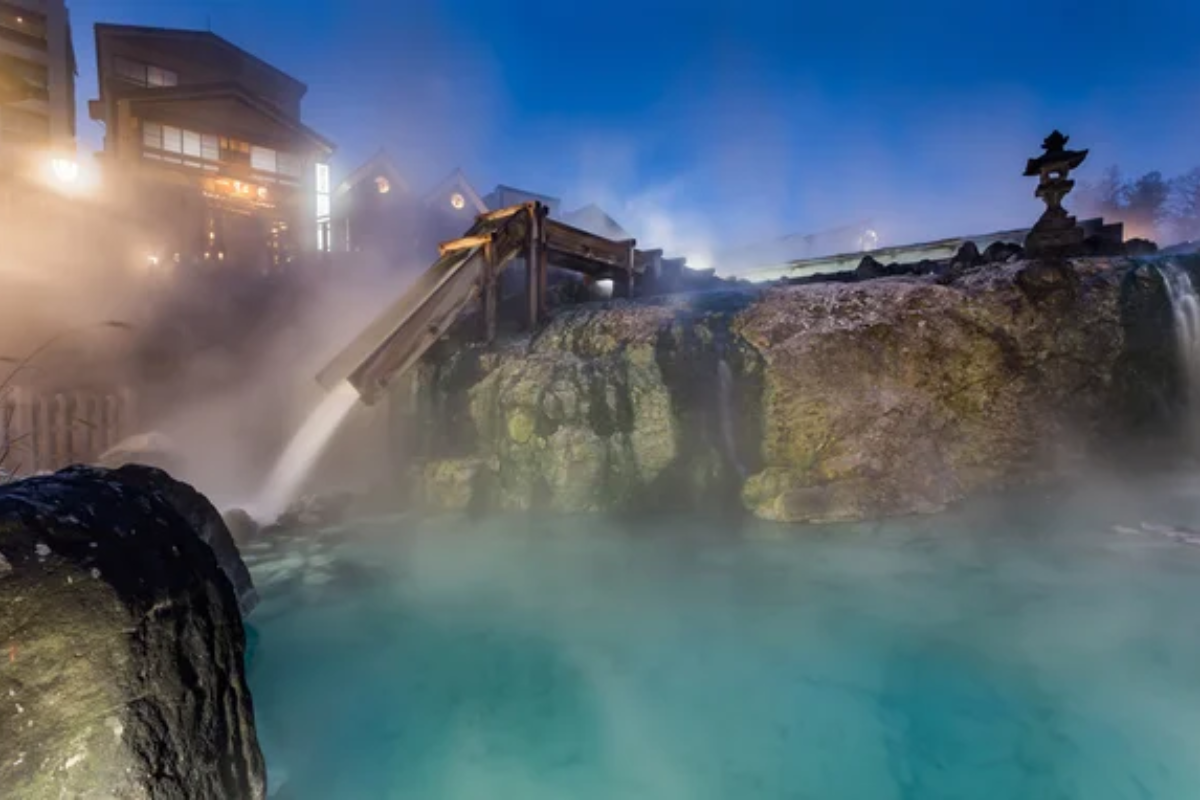
Japan’s famous hot spring town sits high in the mountains northwest of Tokyo, where some of the country’s most acidic thermal waters emerge from underground sources in a traditional mountain village setting. The springs are so hot and mineral-rich that they require cooling systems and wooden stirring devices to make them suitable for bathing.
This unexpected mountain location has been Japan’s premier hot spring destination for over 1,000 years.
Travertine Hot Springs
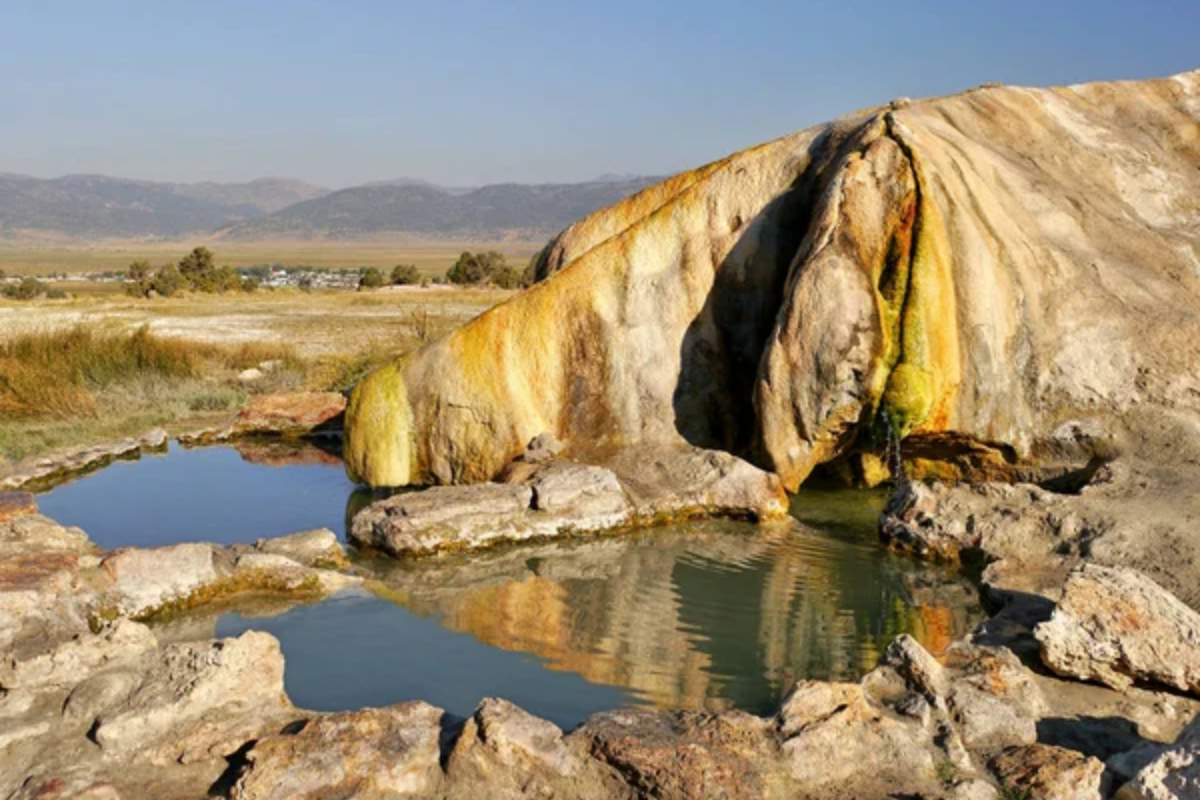
California’s Eastern Sierra region boasts natural limestone pools that have formed along Travertine Creek, resulting in terraced hot springs within a high desert environment, offering stunning views of the snow-capped Sierra Nevada mountains. The springs maintain comfortable soaking temperatures while offering panoramic views of one of America’s most dramatic mountain ranges.
These springs formed over thousands of years as mineral-rich water built up calcium carbonate deposits in the unlikely setting of the high desert.
Radium Hot Springs
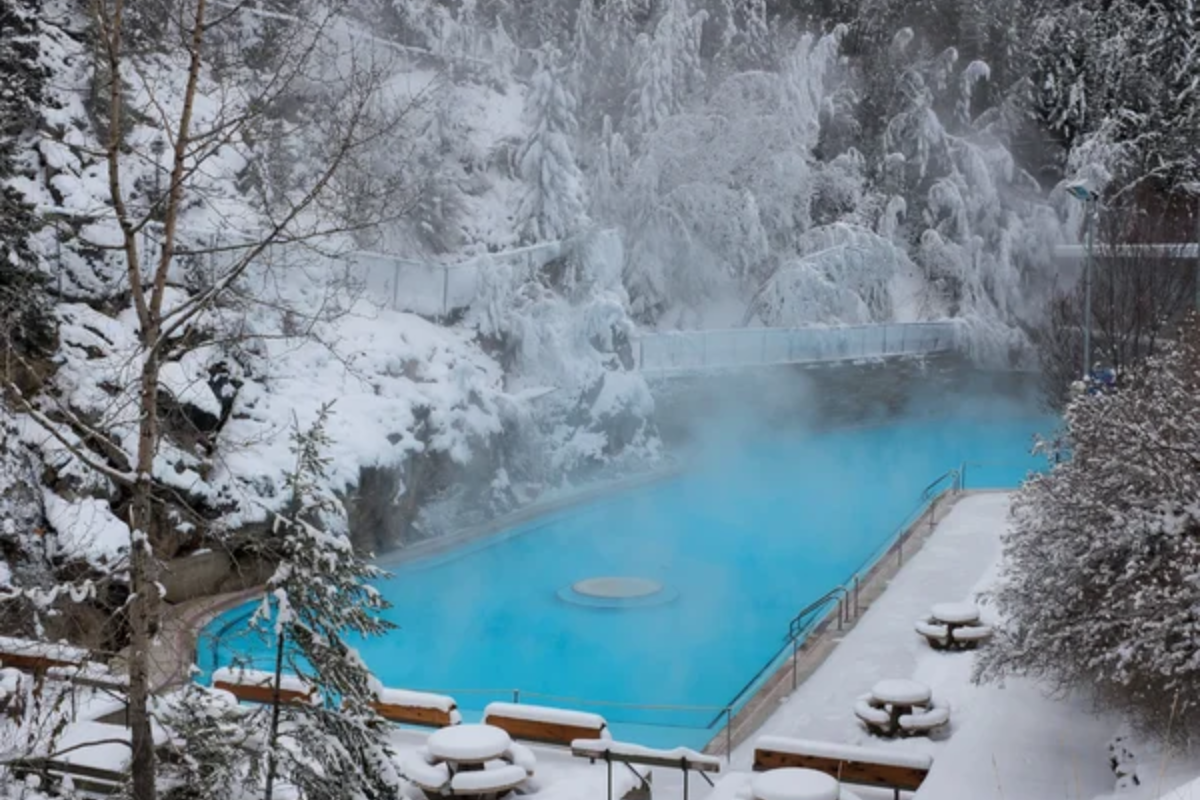
British Columbia’s thermal complex sits in Kootenay National Park, where naturally radioactive springs emerge from the Canadian Rockies in a pristine wilderness setting. The springs maintain constant temperatures while providing the unusual experience of soaking in mildly radioactive waters that are considered therapeutic rather than harmful.
This unexpected combination of radioactivity and relaxation attracts visitors seeking unique spa experiences in the Canadian wilderness.
Like Travel Pug’s content? Follow us on MSN.
Norris Hot Springs
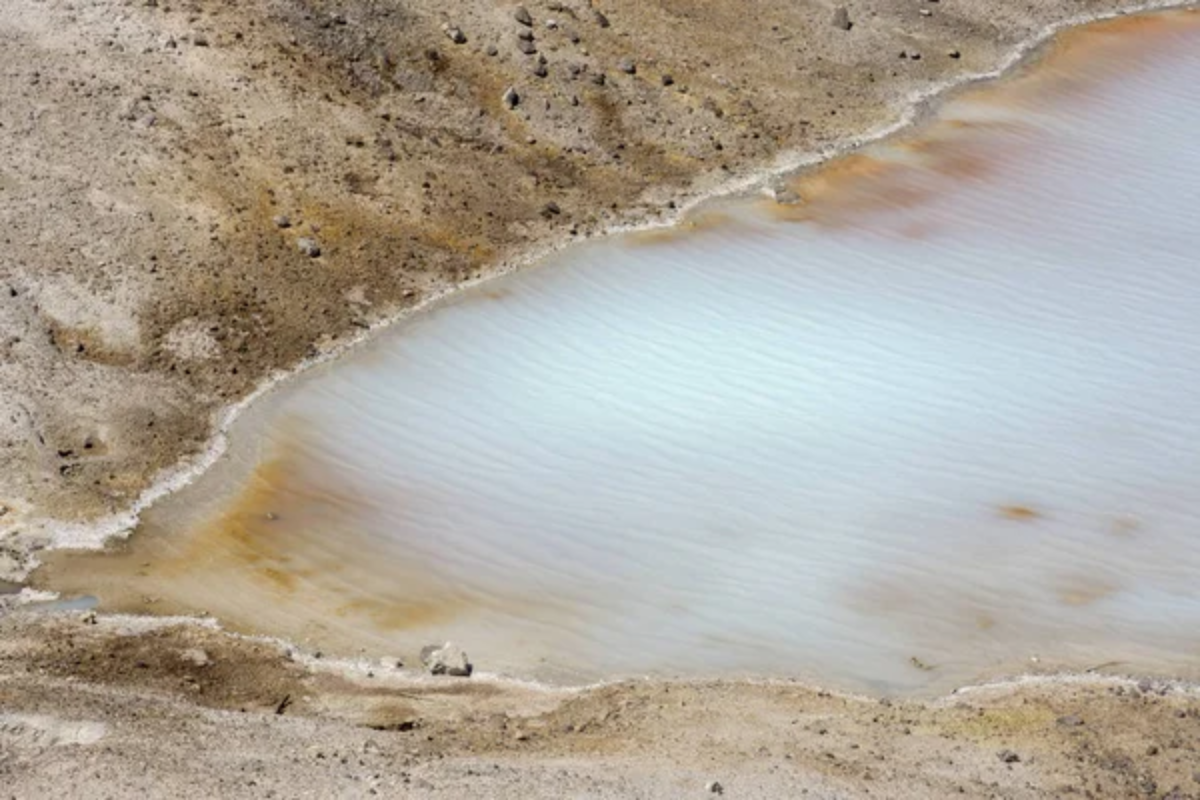
Montana’s historic hot spring resort operates in the high plains ranch country, where a natural thermal pool emerges from the ground in an area better known for cattle ranching than geothermal activity. The spring-fed pool maintains perfect soaking temperature year-round while offering views of the Tobacco Root Mountains.
Local musicians often perform poolside, creating an unexpected combination of live music and thermal soaking in the American West.
Peninsula Hot Springs
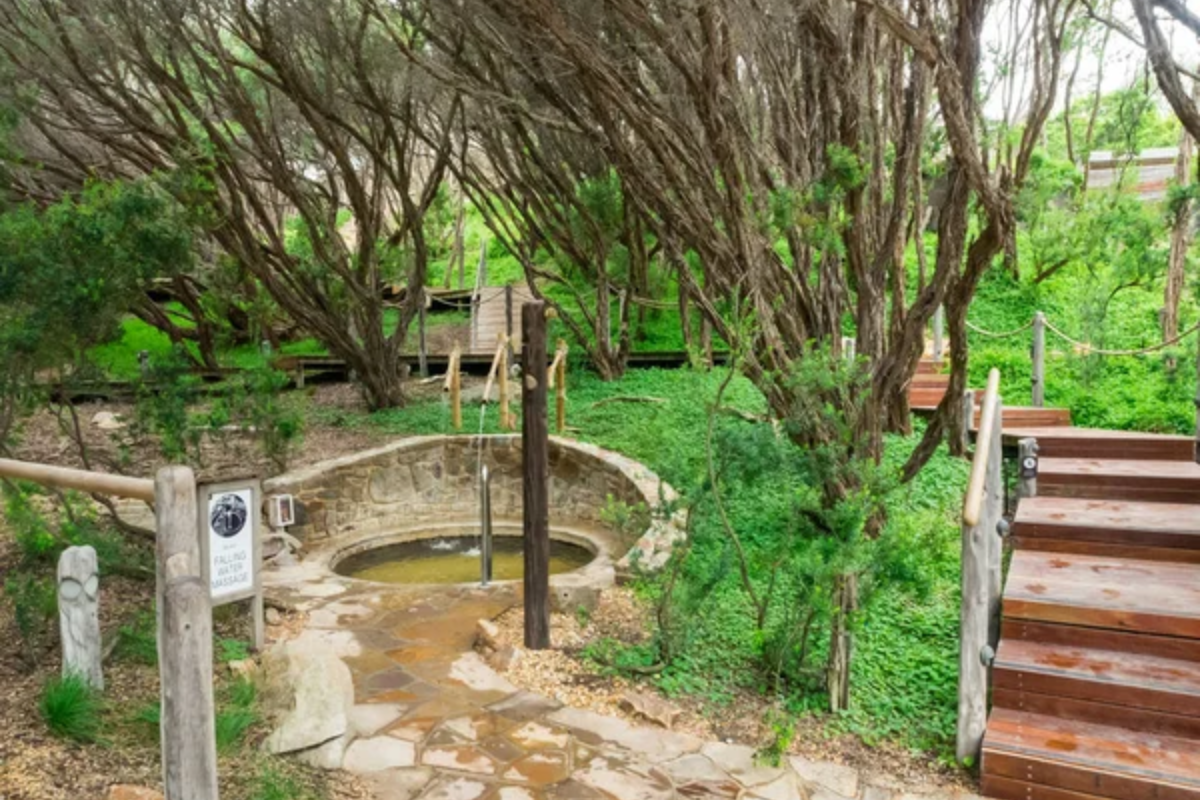
Australia’s only natural thermal springs emerge on the Moriington Peninsula south of Melbourne, where geothermal waters bubble up from deep underground in a temperate coastal environment. The springs create Australia’s first natural thermal spa experience, challenging the common perception that the continent lacks geothermal activity.
Visitors can soak in naturally heated pools while enjoying views of the Southern Ocean and native Australian bush.
Strawberry Park Hot Springs
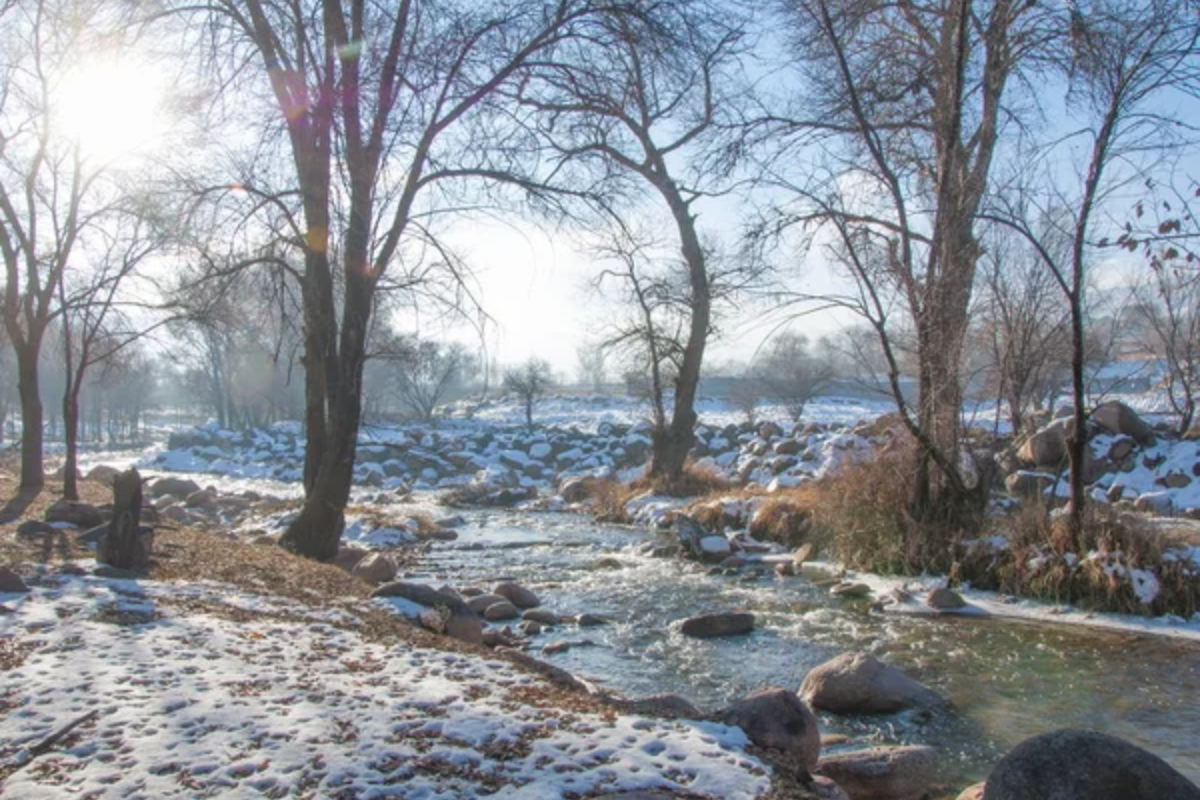
Colorado’s rustic hot springs sit hidden in a mountain valley accessible only by a rough dirt road, where natural thermal pools emerge from the wilderness far from any developed areas. The springs maintain their primitive character with clothing-optional soaking after dark and minimal development that preserves the wild mountain setting.
These springs offer an unexpected escape into primitive thermal bathing just minutes from the ski resort town of Steamboat Springs.
Like Travel Pug’s content? Follow us on MSN.
Earth’s Hidden Warmth
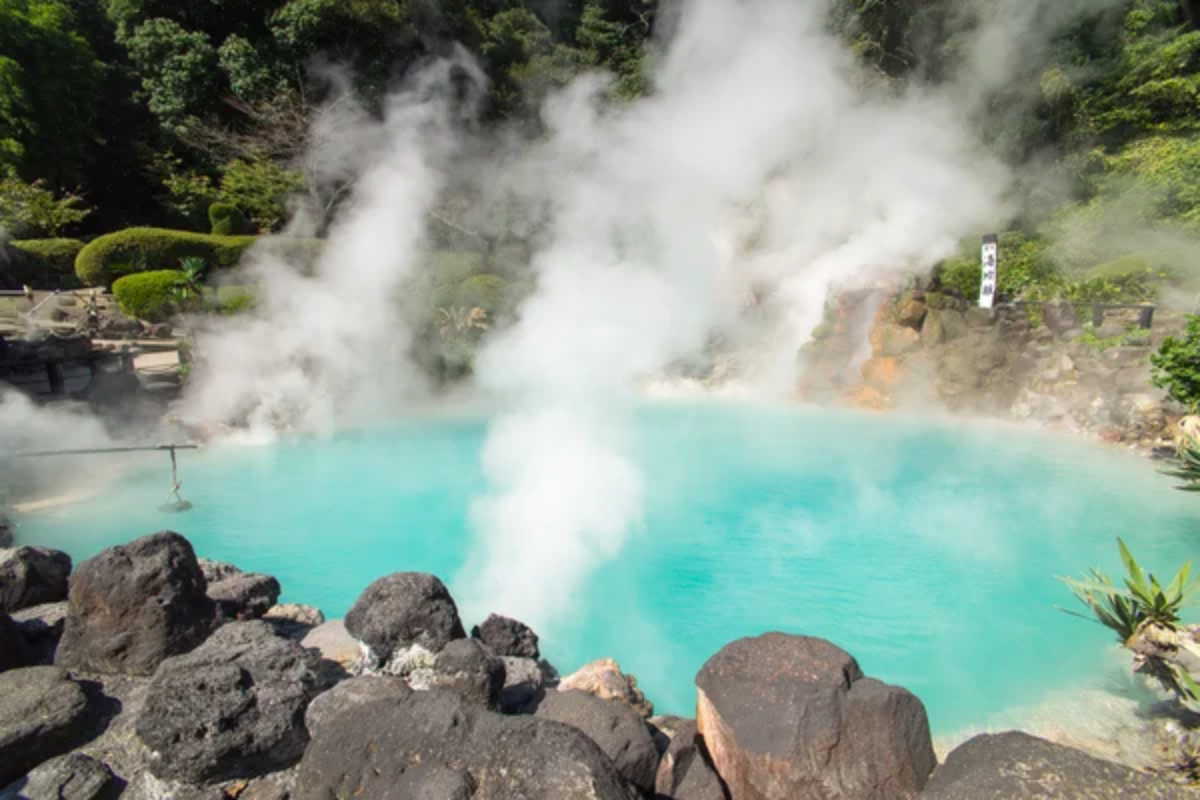
These remarkable thermal springs demonstrate that geothermal activity can create natural spas in the most unlikely places, from urban centers to remote wilderness areas, where underground heat finds its way to the surface. The diversity of locations shows how geological processes work independently of climate and geography, bringing Earth’s internal heat to places that seem completely unsuitable for thermal activity.
Each spring tells a unique story of how underground water, geological heating, and surface conditions combine to create natural therapeutic experiences that have attracted humans for thousands of years. These unexpected thermal oases remind us that nature’s most remarkable gifts often appear where we least expect them, turning ordinary landscapes into extraordinary destinations for relaxation and healing.
MMore from Travel Pug

- 20 Best Beach Towns in the Carolinas
- 13 Destinations Where Tourists Regularly Regret Their Trip
- 20 Destinations That Are More Magical Without an Itinerary
- 20 Underrated Adventures That Belong on Your Travel List
- 20 Cities Where You Should Just Wing It, No Planning Required
Like Travel Pug’s content? Follow us on MSN.N.
